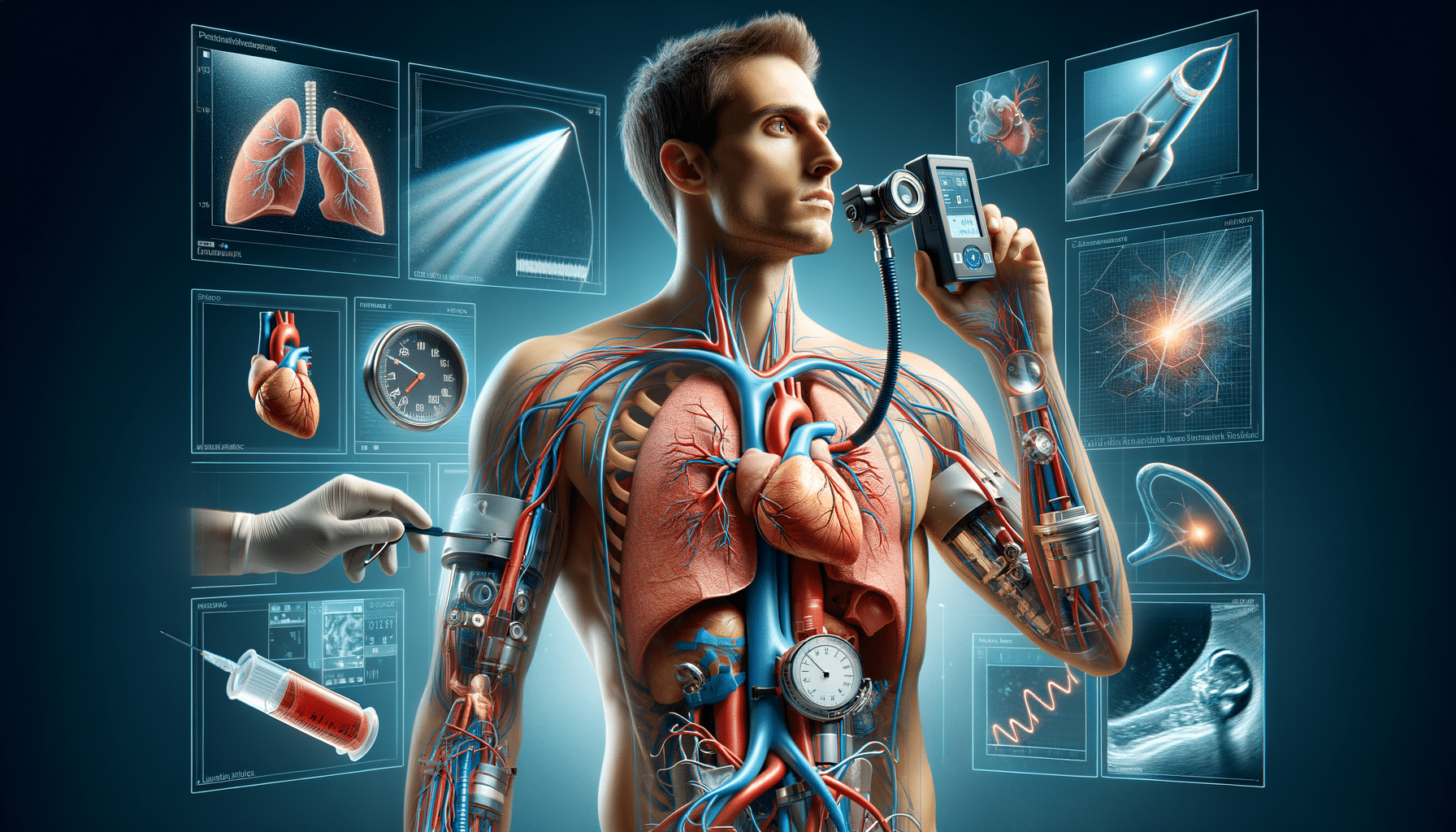
Treatments and Innovations in Reversing Pulmonary Hypertension
Understanding Pulmonary Hypertension
Pulmonary hypertension is a complex condition characterized by high blood pressure in the arteries of the lungs, leading to symptoms such as shortness of breath, dizziness, and fatigue. This condition can significantly impact the quality of life and, if left untreated, may lead to heart failure. Understanding the underlying causes and mechanisms is crucial for developing effective treatments. The condition can be idiopathic or associated with other diseases such as connective tissue disorders, congenital heart disease, or chronic lung diseases.
Recent advancements in medical research have provided a deeper insight into the pathophysiology of pulmonary hypertension. This has paved the way for the development of targeted therapies aimed at reversing or managing the symptoms. The goal of treatment is to improve the patient’s quality of life by alleviating symptoms, slowing disease progression, and preventing complications.
Current Treatments for Pulmonary Hypertension Reversal
There are several treatment options available for managing pulmonary hypertension, each tailored to the specific needs of the patient. These treatments can be broadly categorized into pharmacological therapies, lifestyle changes, and surgical interventions.
- Pharmacological Therapies: Medications such as endothelin receptor antagonists, phosphodiesterase-5 inhibitors, and prostacyclin analogs are commonly used to manage symptoms and improve exercise capacity. These drugs work by dilating the blood vessels in the lungs, reducing the workload on the heart.
- Lifestyle Modifications: Patients are often advised to make lifestyle changes, including dietary adjustments, regular exercise, and avoiding high altitudes. These modifications can help manage symptoms and improve overall well-being.
- Surgical Interventions: In severe cases, surgical options such as atrial septostomy or lung transplantation may be considered. These procedures are typically reserved for patients who do not respond to conventional therapies.
While these treatments can be effective in managing symptoms, the quest for reversing pulmonary hypertension continues to drive research and innovation in this field.
Innovations and Future Directions in Pulmonary Hypertension Treatment
The landscape of pulmonary hypertension treatment is rapidly evolving, with new therapies and innovative approaches on the horizon. Researchers are exploring several promising avenues that could potentially reverse the condition or significantly improve patient outcomes.
- Gene Therapy: This cutting-edge approach involves modifying or repairing the genes responsible for pulmonary hypertension. Although still in the experimental stage, gene therapy holds promise for targeting the root cause of the disease.
- Stem Cell Therapy: Stem cells have the potential to regenerate damaged lung tissue and restore normal function. Clinical trials are underway to evaluate the efficacy and safety of this treatment in pulmonary hypertension patients.
- Precision Medicine: By tailoring treatments to the genetic and molecular profile of individual patients, precision medicine aims to optimize therapeutic outcomes and minimize side effects.
These advancements reflect a growing understanding of the disease and a commitment to finding effective solutions for patients. As research progresses, it is hoped that these new treatments will offer hope to those living with pulmonary hypertension.


